Pec muscle pain restricts your ability to play sports and build a strong upper body.

Whether it’s a minor tweak or a major injury, chest muscle injuries do recover. In this article you’ll learn symptoms of pec injury, 12 exercises to relieve chest muscle pain, and why you should avoid the R.I.C.E. protocol.
Symptoms
Pectoral injuries range from tiny tweaks to complete ruptures.
Severe injuries are accompanied by a loud pop, sudden pain, significant bruising, and evident weakness. Surgical repair is necessary to fix major pectoral muscle tears.
Pec muscle injuries cause chest and anterior shoulder pain. Tight spots (i.e. trigger points) in the pectoralis muscles can refer pain to the chest, shoulder, inside of the elbow, and hand. Referred pain from the pecs mimics golfer’s elbow and sometimes even feels like ulnar nerve pain.
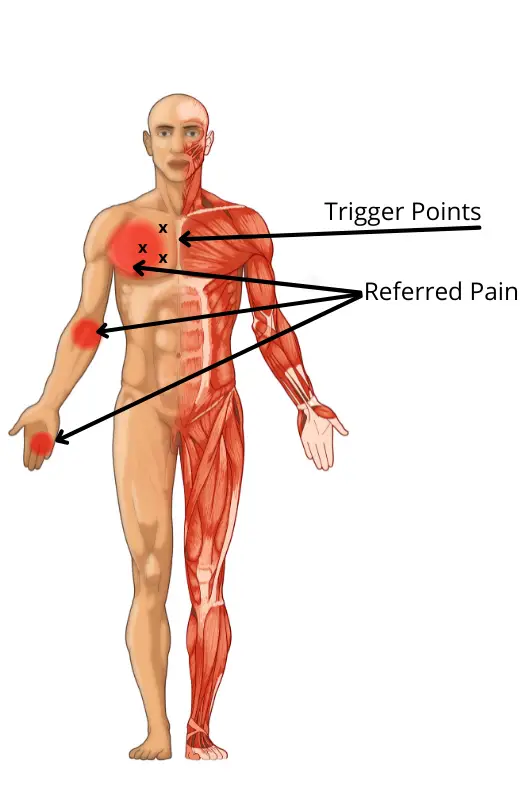
Let’s review pec muscle anatomy before we jump into the exercises.
There are two pectoral muscles on each side:
Pectoralis Major
Pec major is the biggest, strongest chest muscle.

It has two heads–the clavicular head attaches to the clavicle (collar bone) and the sternal head attaches to the sternum. Both heads insert on the front of the humerus (upper arm bone).
This powerful muscle internally rotates the shoulder and moves the arm closer to the body (adduction).
Functionally, it helps with activities like pushing a “pull” door and fighting through Black Friday crowds to grab the hottest deals. Exercises like push-ups, chest flies, and bench press work the pec major.
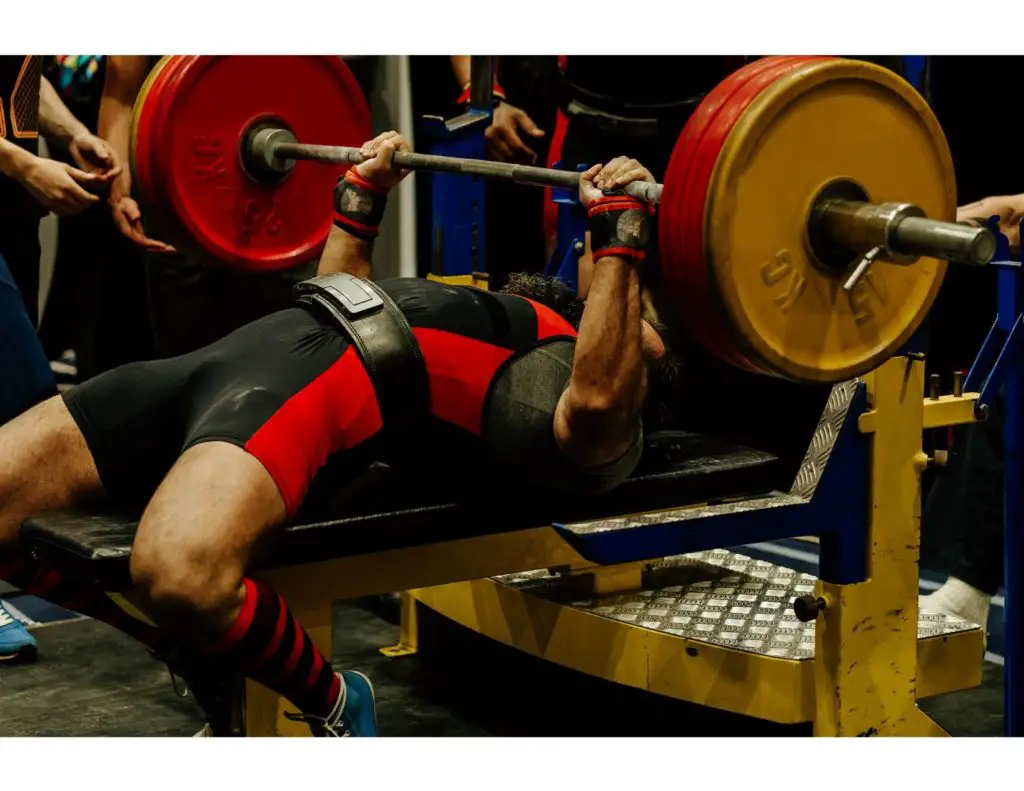
The lateral and medial pectoral nerves power the pectoralis major muscle.
Pectoralis major injuries plague football players, gymnasts, martial artists, and strength athletes who do a lot of bench press and push-ups. Anabolic steroid use increases the risk of major injury or complete rupture of the pectoralis major muscle (1).
Pectoralis Minor
Compared to pec major, pec minor is smaller and weaker. Pectoralis minor originates from ribs 3, 4, and 5. It inserts on the coracoid process at the front of the shoulder blade. This view is from the front of the shoulder:

Pectoralis minor stabilizes the shoulder blade, pulling it forward and downward.
Tight pec minor muscles cause poor posture and jock shoulder (a Facts & Physio original term). Jock shoulder affects meatheads who always train their chest muscles and neglect upper back strengthening. Their rounded shoulders look like this:
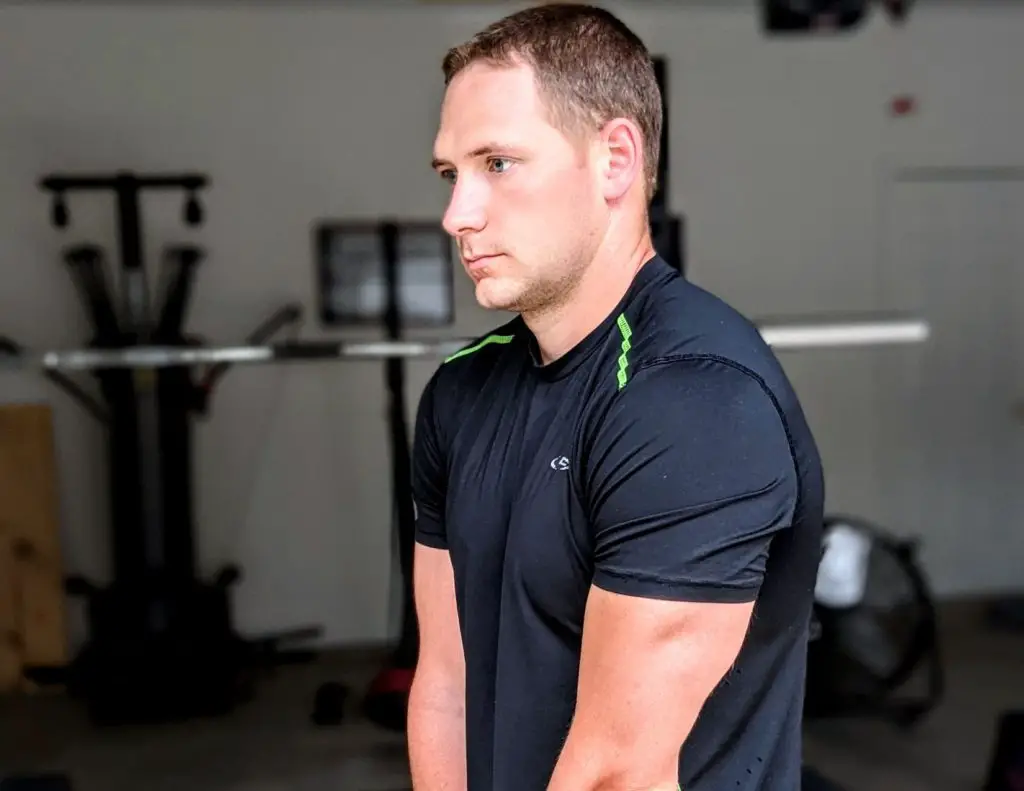
Desk workers also develop tight chest muscles by sitting with poor posture for hours each day. Tight pecs increase stress on the shoulder girdle and can even cause thoracic outlet syndrome.
The medial pectoral nerve innervates the pectoralis minor muscle.
Treatment
General health websites prescribe Rest, Ice, Compression, and Elevation (R.I.C.E) for every muscle ache and pain. Lucky for you, Facts & Physio doesn’t endorse outdated, ineffective treatments.
Despite its popularity, the R.I.C.E. protocol slows recovery for musculoskeletal sprains and strains. Ice and anti-inflammatory medications disrupt and delay the body’s natural healing processes (2,3).
However, ice and NSAIDs can provide short-term pain relief for acute injuries.
The best PT treatments for a strained chest muscle include gentle range of motion, soft tissue mobilization, strengthening, and gradual return to exercise. Movement increases blood flow to the injured muscle and promotes healing.
Treatment isn’t one-size-fits-all. It varies based on the severity of the injury, the stage of the healing process, and the patient’s pain level.
Soft Tissue Treatment
These exercises address trigger points in the pectoral muscles. Recall from the Symptoms section that pec trigger points cause chest, shoulder, elbow, and hand pain.
Pectoralis Major Release
Grab a lacrosse ball and find a doorway. Put the ball in the sorest area of this large muscle.
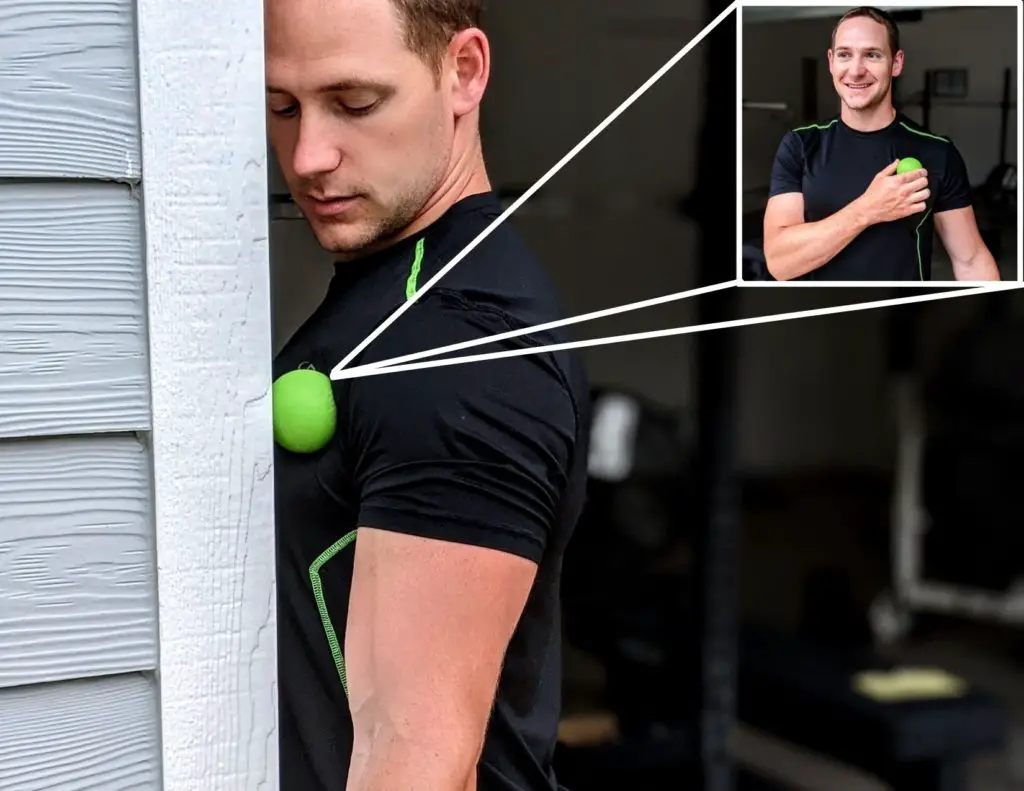
To intensify the exercise, raise and lower your arm. Perform to moderate discomfort for best results.
Pectoralis Minor Release
The technique set up is exactly the same. However, treating pec minor takes more precision since it’s smaller and underneath the pec major.
Recall that pec minor stretches from the coracoid process (at the front of the shoulder) to ribs 3-5. Hold deep, sustained pressure on tight spots in the pec minor–it’s easy to slide off the muscle by rolling around too much.
Snag your mobilization tool here:

Percussion Therapy
Massage guns are one of the hottest fitness trends right now. And for good reason!
I use percussion therapy in the PT clinic to reduce muscle tone and alleviate patients’ pain. It’s my patients’ favorite treatment.

There are many percussion therapy tools you can use. Here are 3 great options:
Theragun PRO
This is a top-of-the-line massage gun. It comes with 6 different attachments and a rotating arm for easy ergonomics. It feels amazing on sore, tight muscles. Plus, it’s a quiet model with preloaded routines.

It’s easy on the body, less so on the wallet. Check the price here.
Hypervolt Plus
I use the Hypervolt in the PT clinic. My patients love it. It has 3 speeds and 5 attachments. The battery last up to 3 hours between charges.

At half the price of the Theragun Pro, it’s a sturdy, high-value option. See it on Amazon here.
Renpho Massage Gun
This one is a budget-friendly option for giving your muscles some TLC. Plus, it’s rated 4.6 on Amazon (over 26,000 reviews) and comes with 5 attachments.

If self-treatment techniques aren’t effective, work with a physical therapist trained in dry needling and manual therapy. These techniques rapidly resolve pectoralis trigger points. Dry needling accelerated my recovery from a shoulder strain.
Stretching
You probably know that I’m not a huge fan of stretching.
Stretching by itself won’t speed up recovery from a muscle strain. But gentle mobility work has its place, because it prevents an injured pec from healing in a shortened position.
Foam Roller Pectoralis Minor Stretch
This exercise is the first step to losing the “jock shoulder.” Lie on a foam roller, resting your arms at your sides.
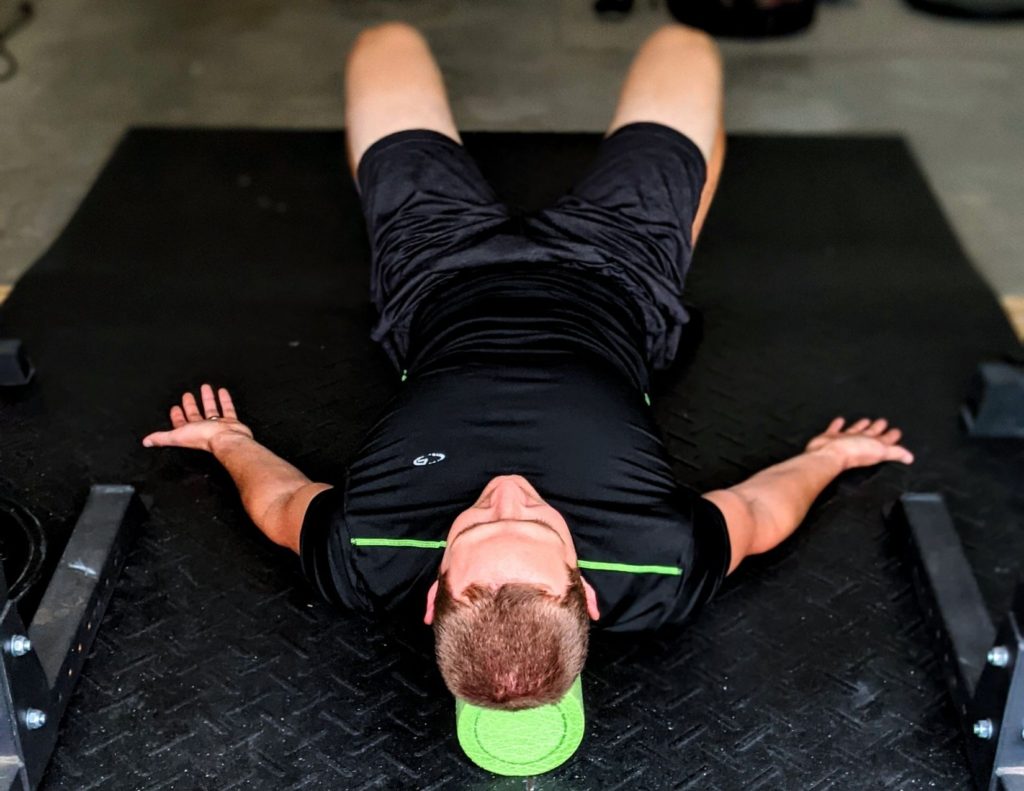
Hold this position for 30 seconds as you feel a gentle stretch across your chest and shoulders. Enhance the stretch with deep breathing.
Pectoralis Major Doorway Stretch
Perform with one arm at a time, or both simultaneously. Place the arm(s) as pictured and step through the doorway, working into a moderate stretch.
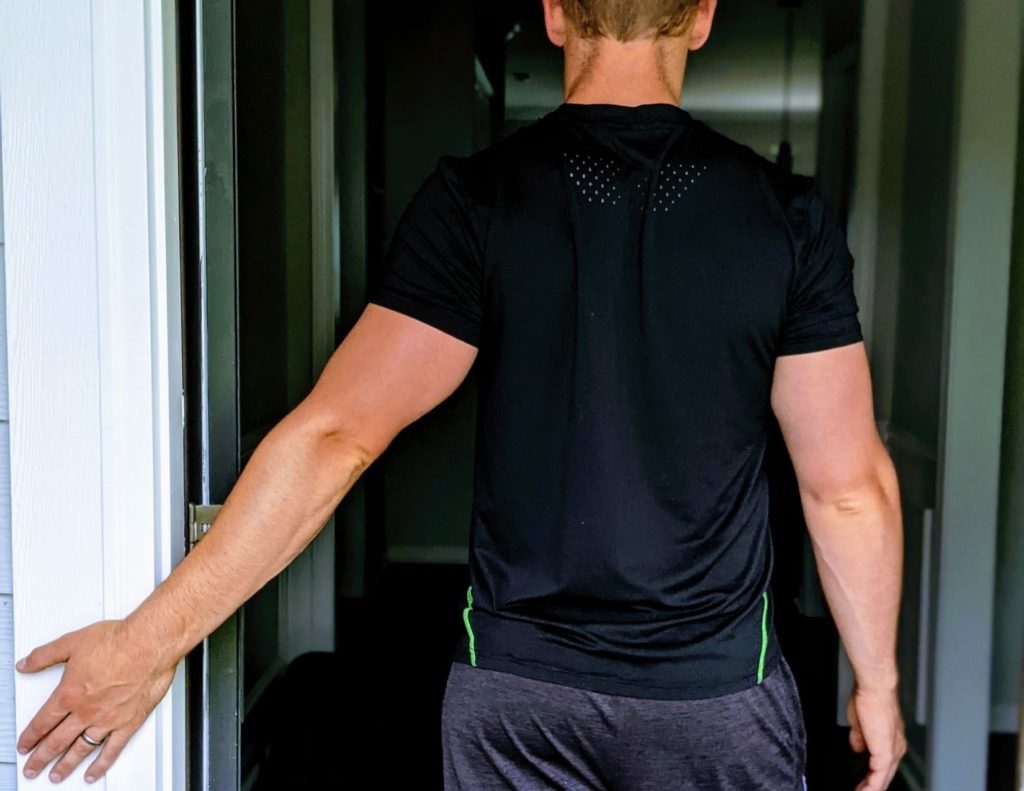
To stretch the pec minor, keep the shoulder back by retracting the shoulder blade.
Isometrics
Isometrics work wonders for muscle and tendon problems. They relieve tendon pain and prepare the pec muscles and tendons for exercise (4).
Shoulder Internal Rotation
Stand in a doorway and push gently into the wall, contracting the pec muscle.

Start with gentle force, and gradually increase the force as pain permits. I instruct patients to avoid pain with this exercise.
Shoulder Horizontal Adduction
If internal rotation feels easy, progress to this exercise.
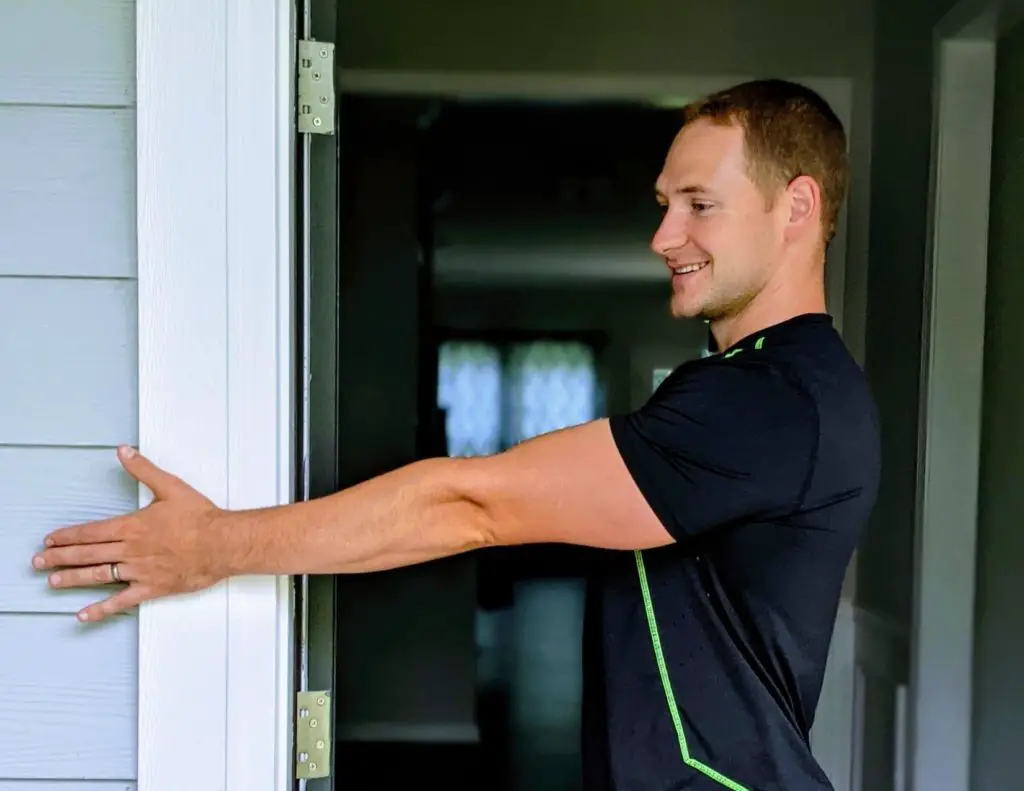
Push inward on the door frame. Start gently and add force as tolerated.
Push-Ups
Rebuilding pec muscle strength is vital to recovery and regaining function. Push-up variations strengthen the pecs and remodel the injured tissue.
Wall Push-Up
Wall push-ups are an excellent starting point.
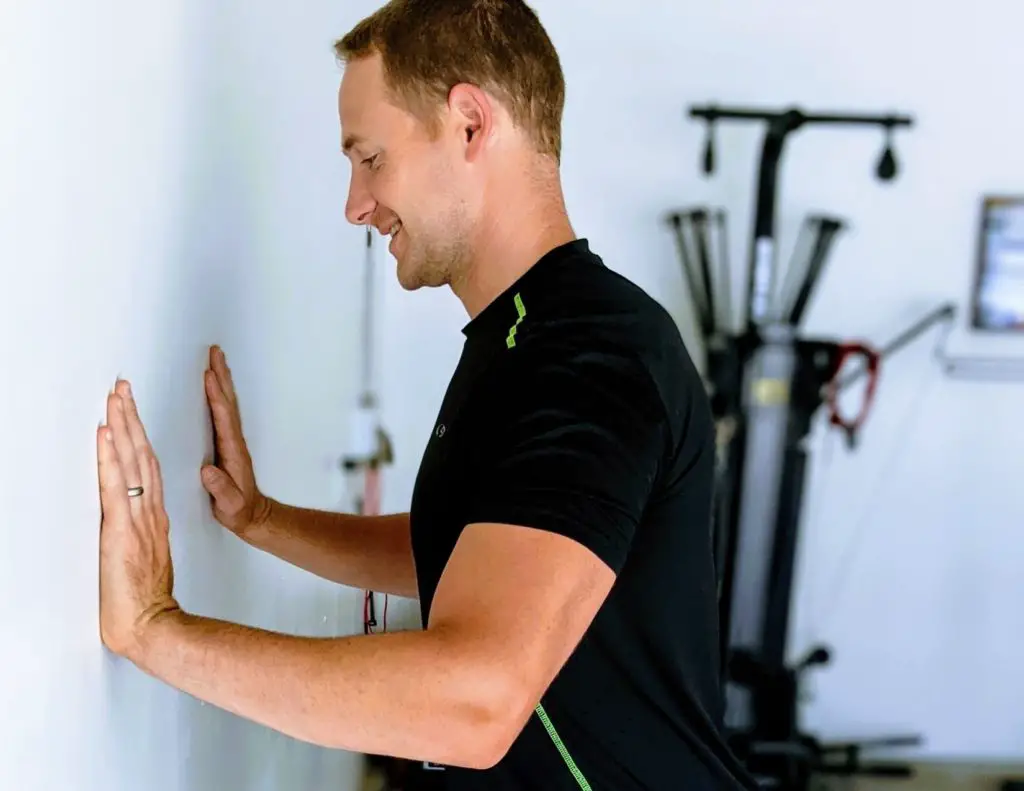
Perform as shown, through as much pain-free motion as possible.
Counter-Top Push-Up
Once wall push-ups feel easy, work the pecs harder by moving your hands to a counter-top or barbell at hip height.

Full range-of-motion (chest to the counter) builds strength fastest.
Modified Push-Up
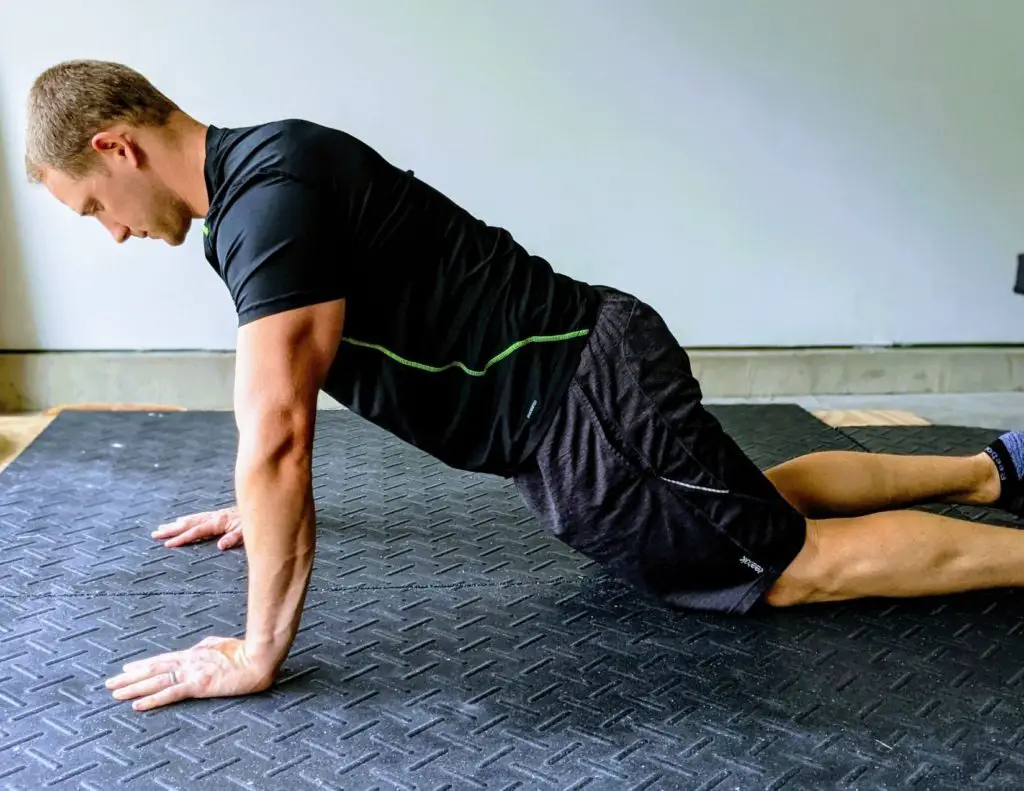
The next step is a modified push up, or push up from the knees.
Full Push-Up
Once 20 modified push-ups are a breeze, it’s time to transition to full push-ups!
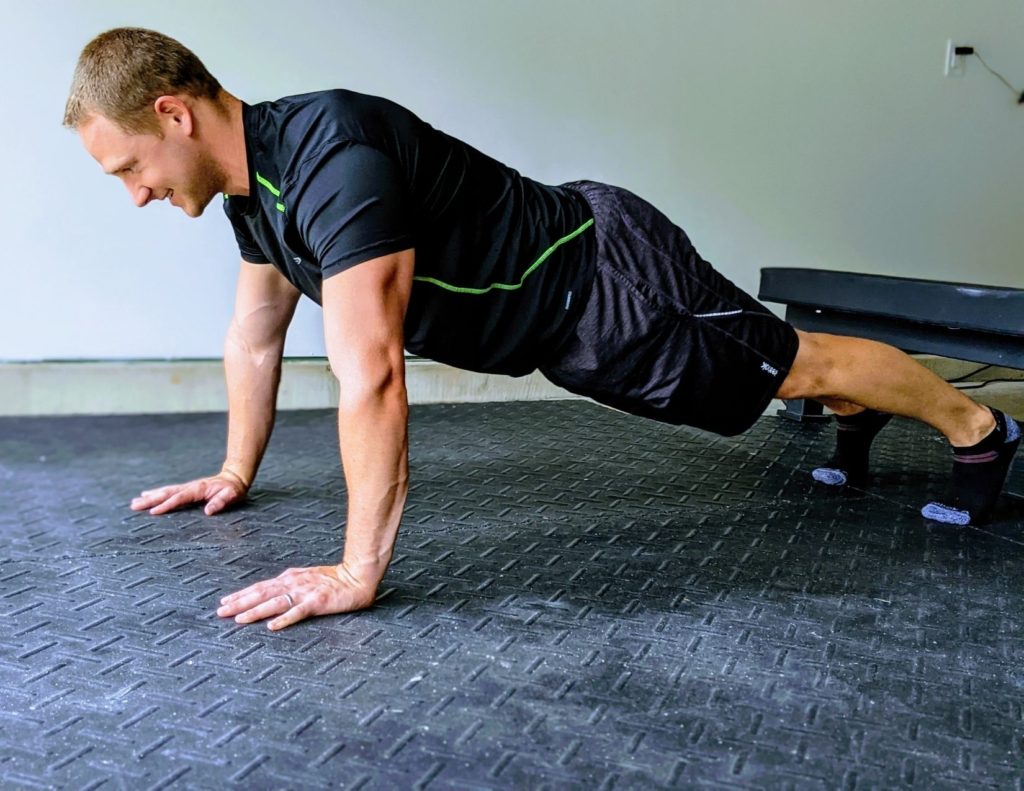
Slowly add repetitions over time to build pec strength.
Bench Press
The bench press exercise (or a chest press on weight training machines) is the best way to build powerful pectoral muscles.
Tempo Bench Press
Before jumping into normal bench press workouts, it’s a good idea to test the waters with tempo bench press.
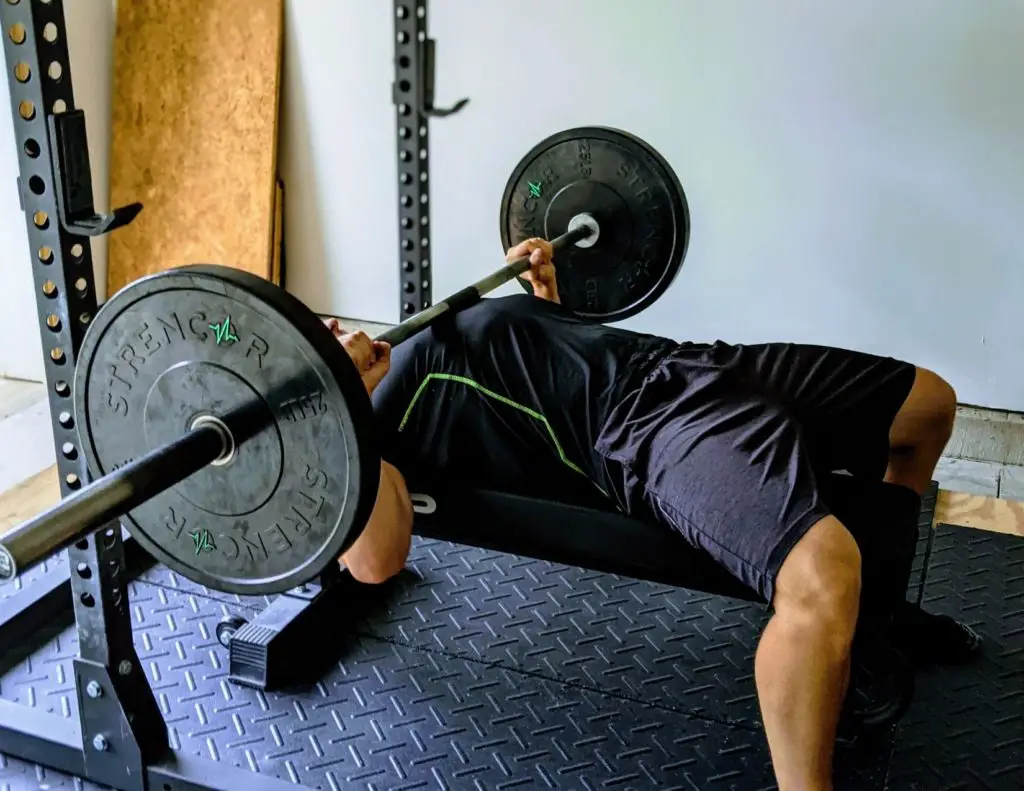
It’s simple to perform–slowly lower the bar to your chest using a 4-count, and push it back up at the same speed. The slower tempo minimizes rapid eccentric forces on the pecs which can cause soreness and injury.
Bench Press
Once a strained pectoral muscle stops hurting, it’s tempting to rush back into heavy bench pressing. Don’t do it! Muscle injuries need to heal and remodel, even after pain subsides.
Strength training helps the healing process if it’s scaled appropriately. It’s best to ease back into bench pressing with light loads.
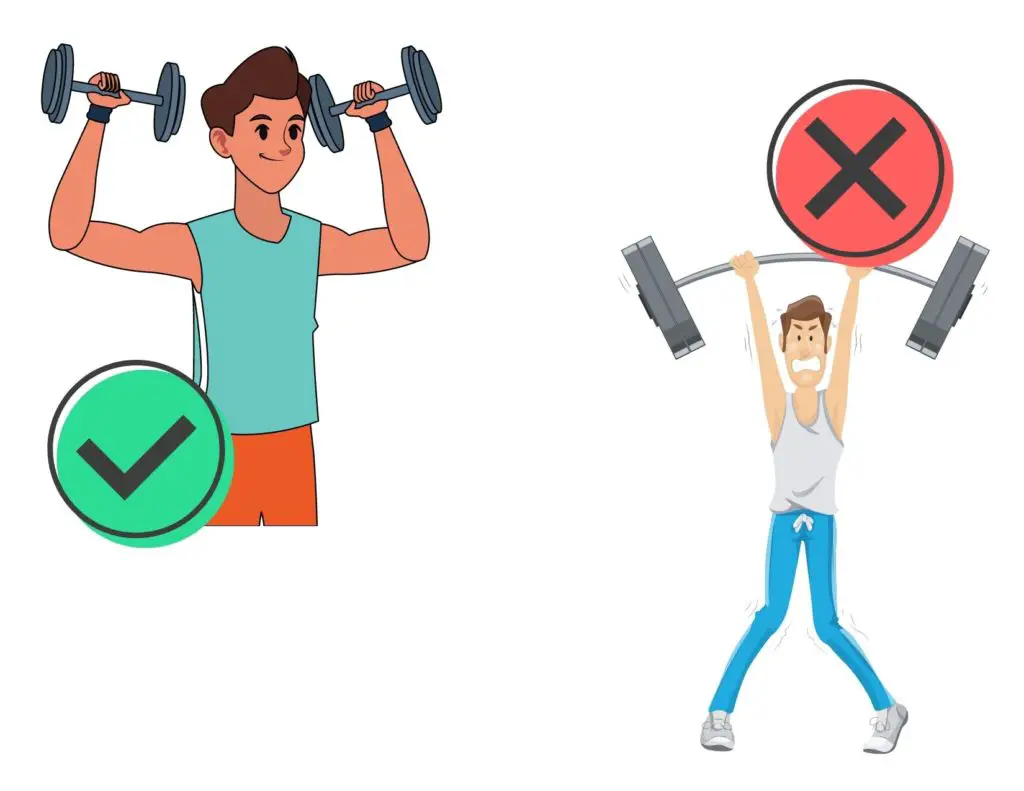
Going too heavy, too soon is a recipe for re-injury.
Caution!
Muscle strains aren’t the only cause of chest pain. A serious medical issue, like a heart attack or panic attack, can cause chest pain.

If you’re unsure about the source of your chest pain, it’s a good idea to talk with a qualified healthcare provider to rule out serious issues–especially if you have a medical history of heart problems. It could save your life!
Read more about chest and mid back red flag symptoms here. And seriously, talk to your doctor if you have any doubts.
Wrapping Up
Like any muscle strain, the severity of a pec injury determines how long it takes to recover. Healing can take a few days to a few months (5). Fortunately, muscles have good blood flow so they heal faster than tendons and ligaments.
If you’ve been nursing a chest strain for a long time or suffered a severe injury, it’s a good idea to see an orthopedic physician or physical therapist. An expert’s guidance will help you return to full strength faster.
Enjoy this article?
Get more evidence-based insights by joining the free, fast-growing Facts & Physio Newsletter. Plus, get The Recovery Checklist when you sign up.

